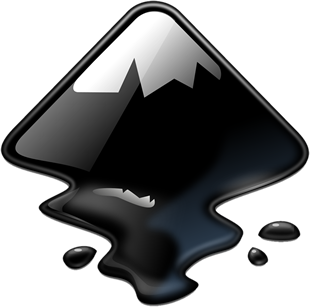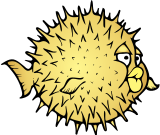Remember the other day when I said I had developed a case of intermittent test?
Turns out, my code was outputting the same #PDF every time. The problem was in the test suite's use of #ImageMagick which for these PDF files, produces inconsistent results. YIKES!
Well at least it's not my fault. But it also might not be fixable by me.
convert test.pdf output.png










